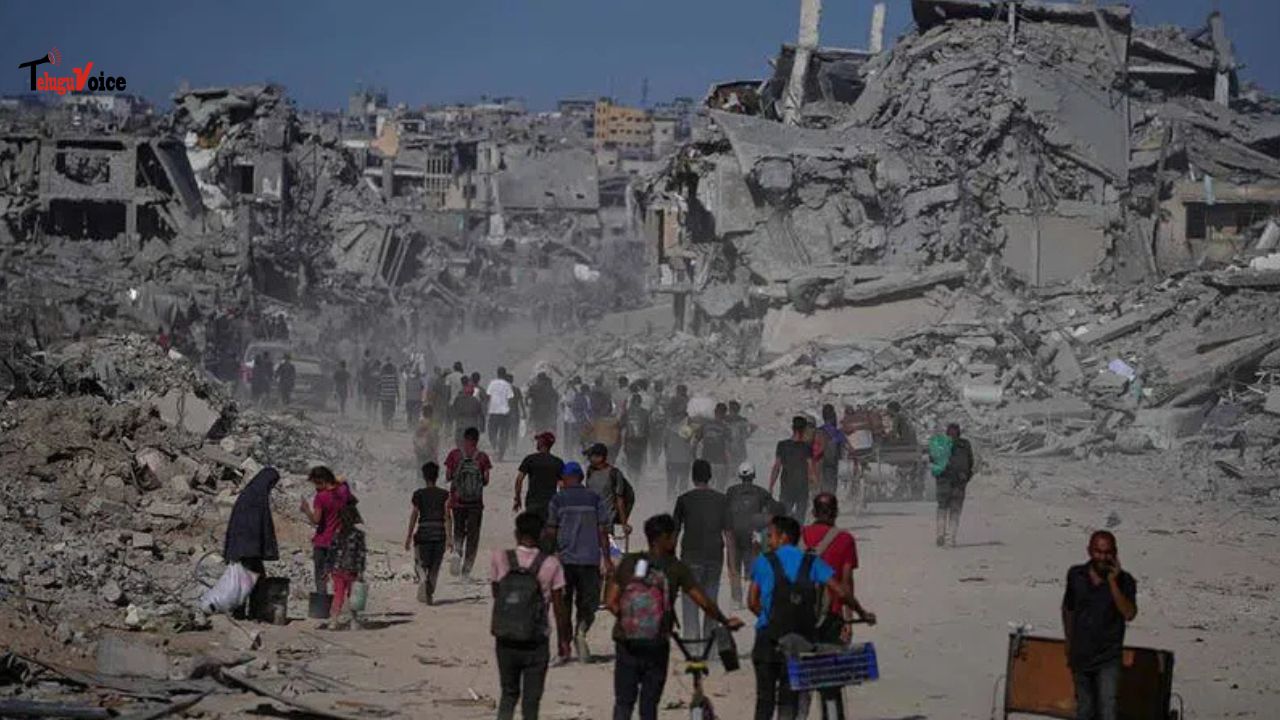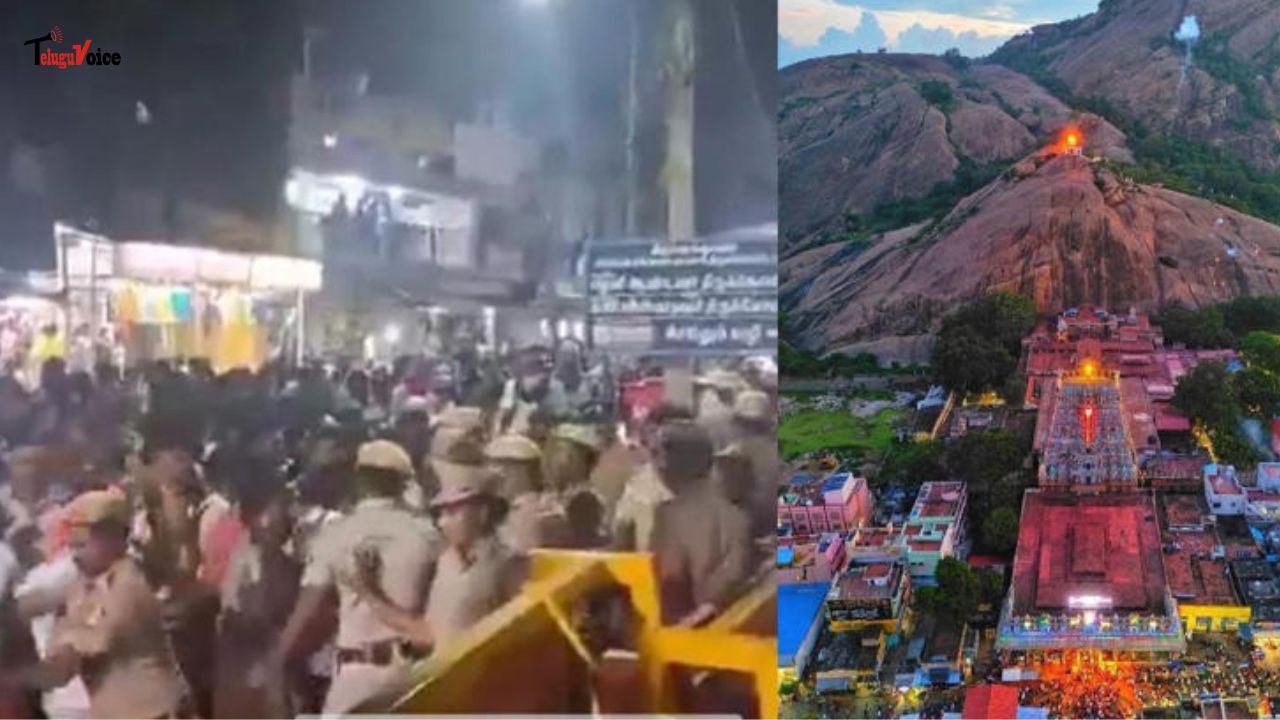Thousands Return to Ruins as Gaza Ceasefire Brings Hope and Uncertainty

A US-brokered ceasefire has come into effect in Gaza, allowing thousands of displaced Palestinians to make the painful journey back to what remains of their homes. The truce, part of a wider agreement to end the Israel-Hamas war, has also paved the way for the release of remaining hostages and the resumption of large-scale humanitarian aid. Israel confirmed plans to free the last 48 hostages, around 20 of whom are believed to be alive, by Monday.
The ceasefire has raised hopes for an end to the two-year conflict, which began after Hamas’ attack on Israel in 2023. The war has devastated Gaza, killing tens of thousands and displacing nearly 90% of its 2 million residents, many of whom have been uprooted multiple times. As families return, they are met with widespread destruction—entire neighborhoods reduced to rubble.
Despite the truce, key issues remain unresolved. Questions over who will govern Gaza loom large as Israeli troops gradually withdraw from populated areas. US President Donald Trump’s ceasefire plan calls for Hamas to disarm, a condition strongly supported by Israeli Prime Minister Benjamin Netanyahu. In a televised statement, Netanyahu warned that if Hamas does not comply, Israel could resume military operations. He insisted that Gaza must ultimately be “demilitarized.”
Israel’s military says it will maintain a defensive presence in roughly 50% of Gaza even after pulling back to agreed lines.
Meanwhile, the United Nations has received approval to begin large-scale aid deliveries starting Sunday. Aid will address severe hunger and medical shortages caused by months of restricted access. Over 170,000 metric tons of aid are already staged in neighboring countries awaiting entry.
UN officials are urging Israel to open more border crossings and ensure safe passage for civilians and aid workers. So far, only 20% of Gaza’s aid needs have been met, according to UN humanitarian chief Tom Fletcher.

 South Africa tour of India 2019
South Africa tour of India 2019










Comments